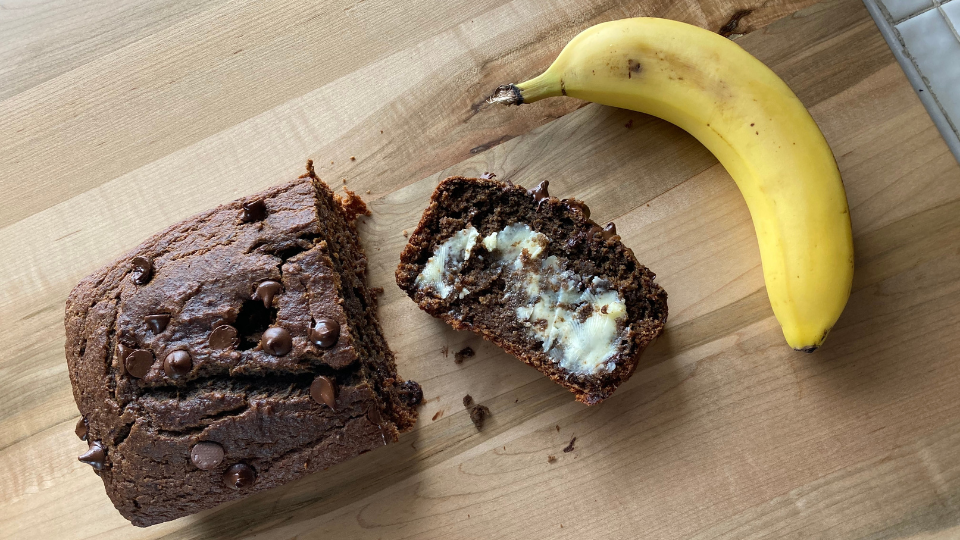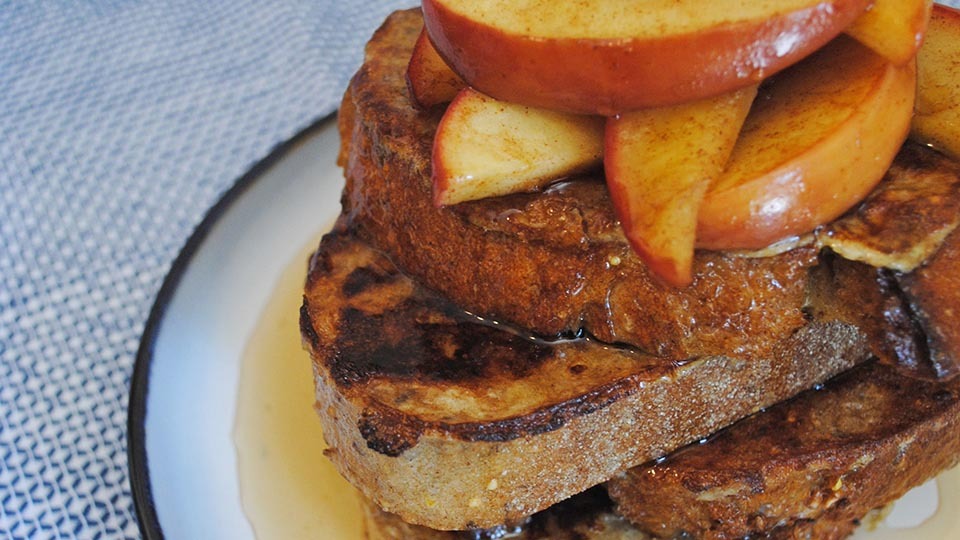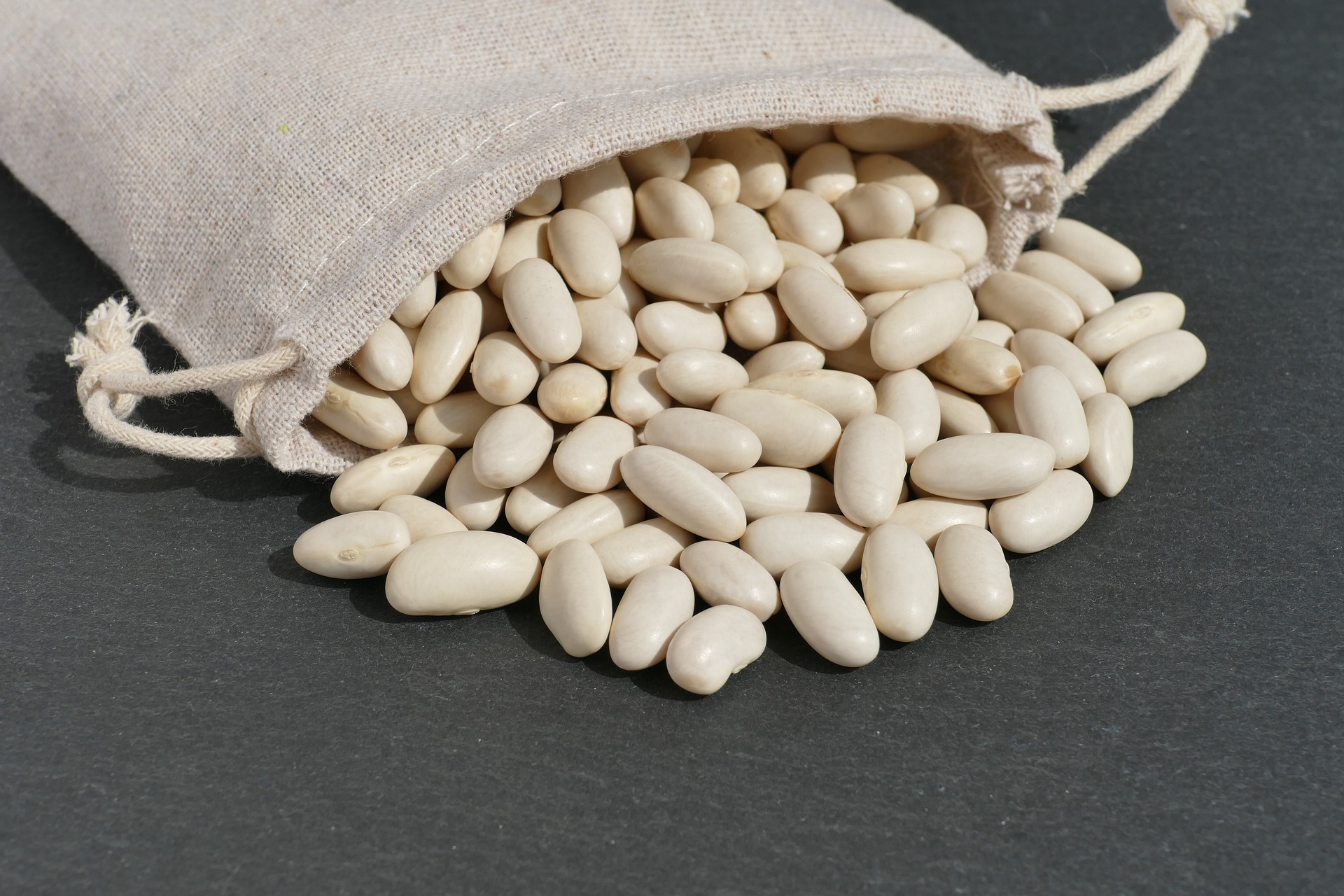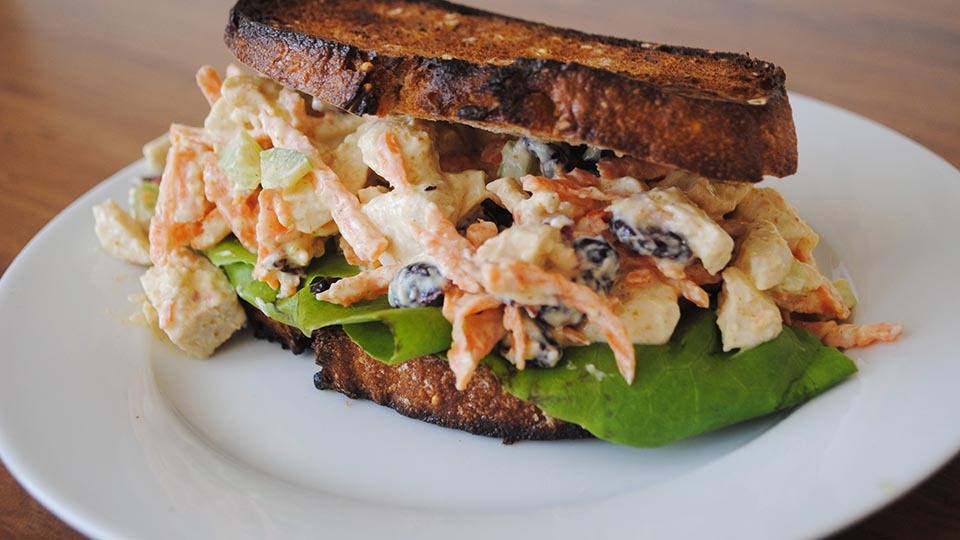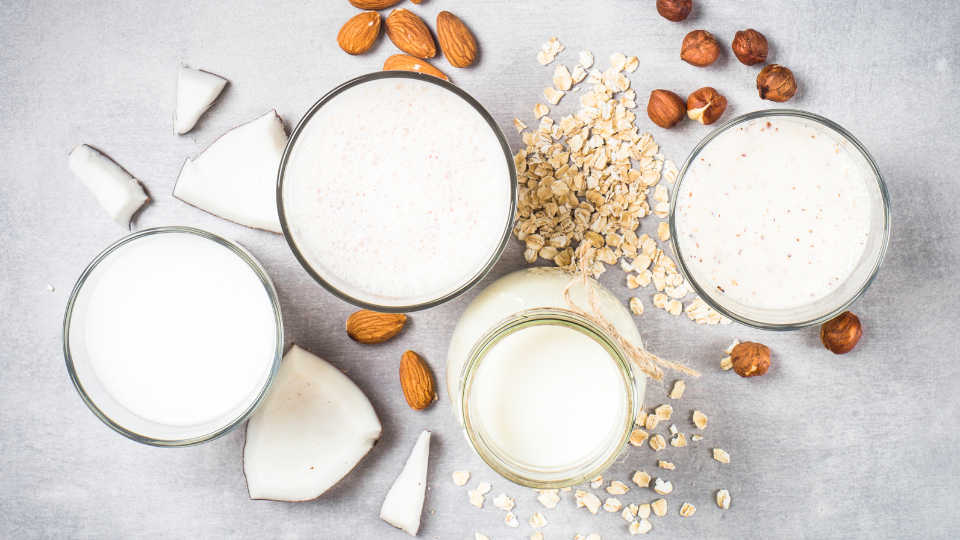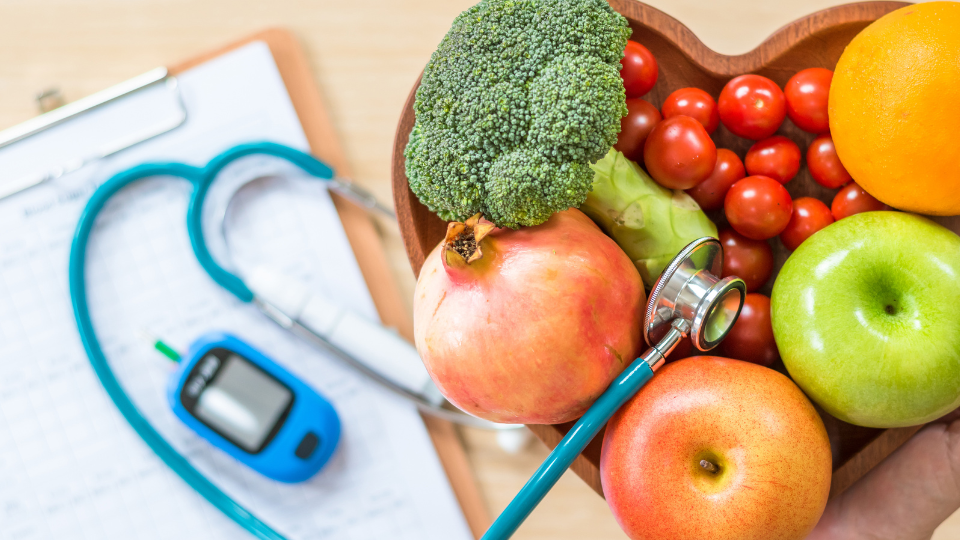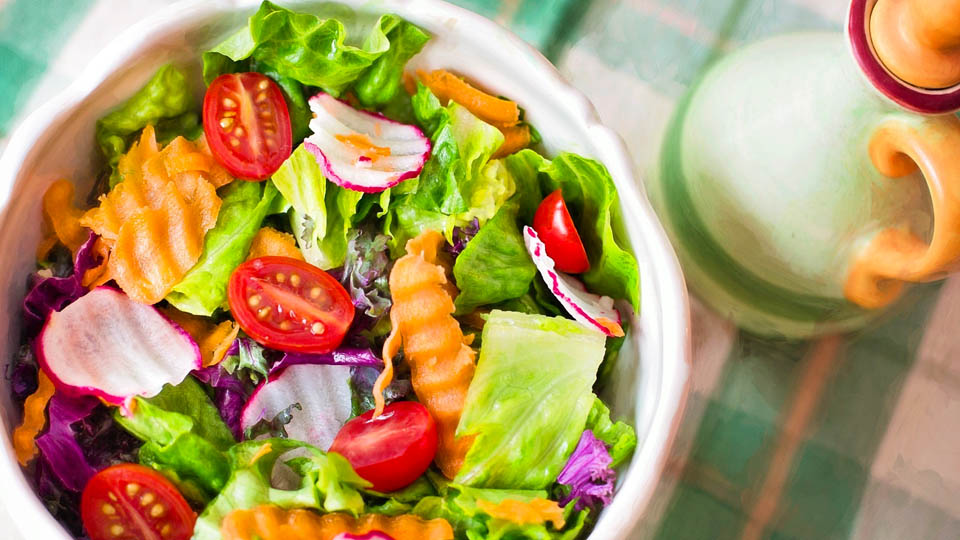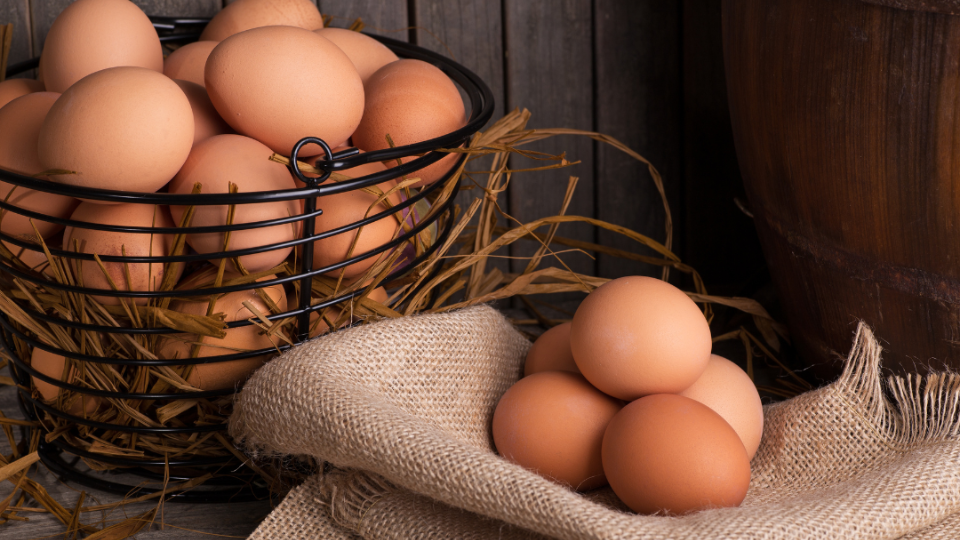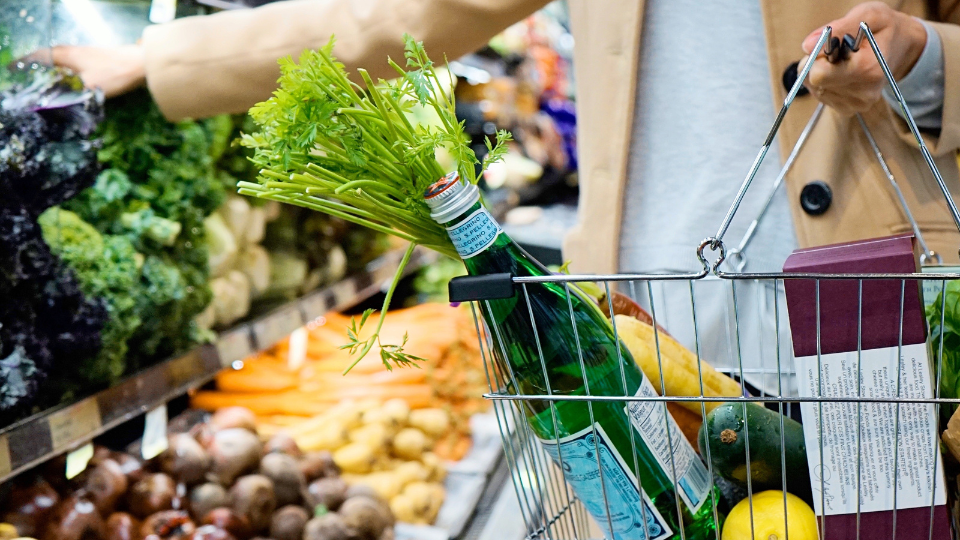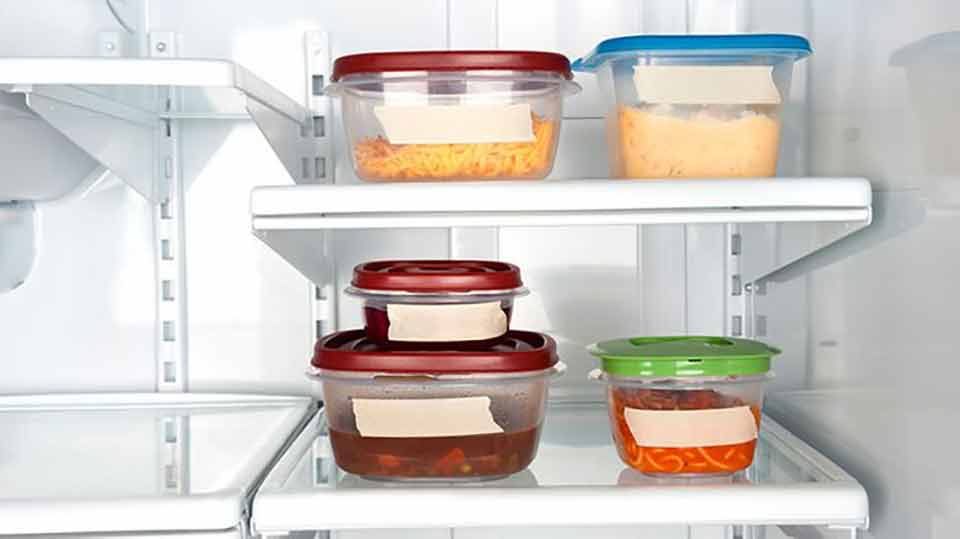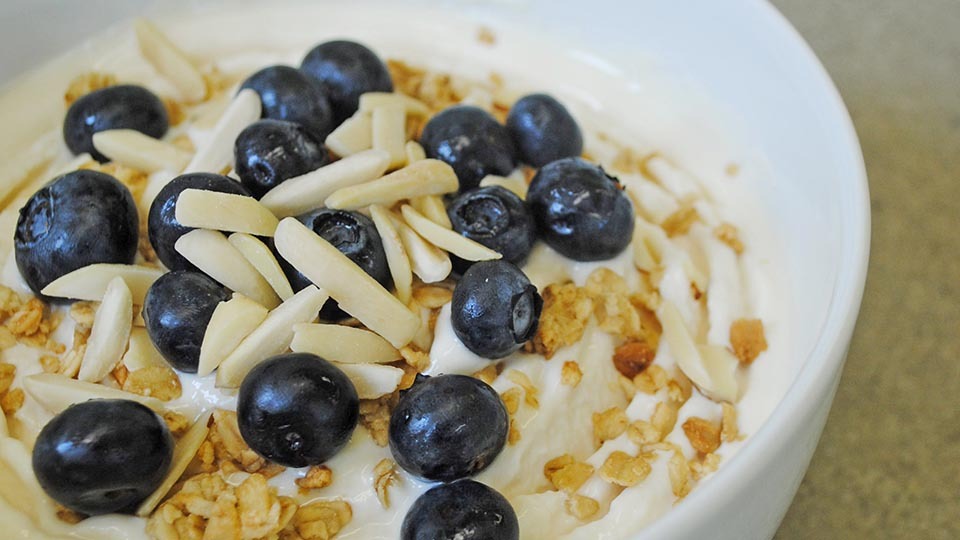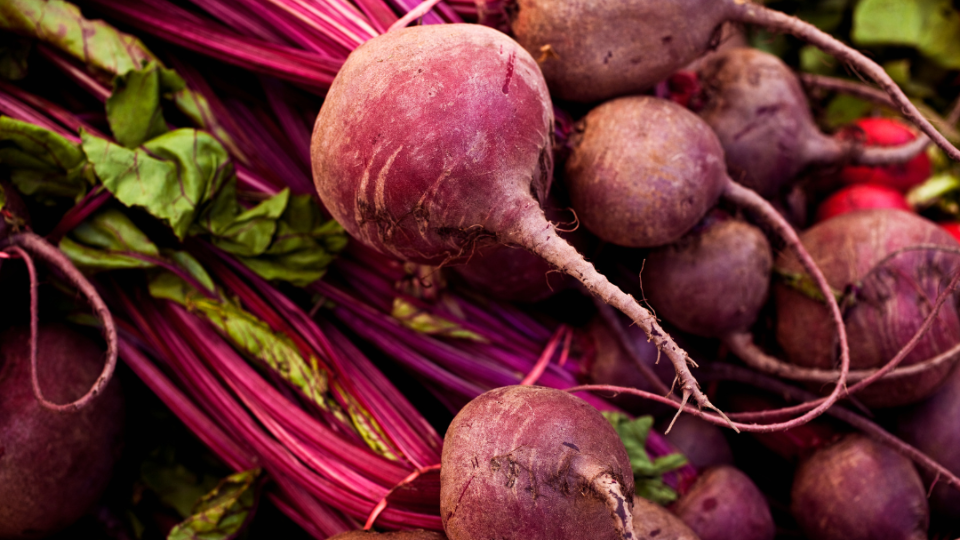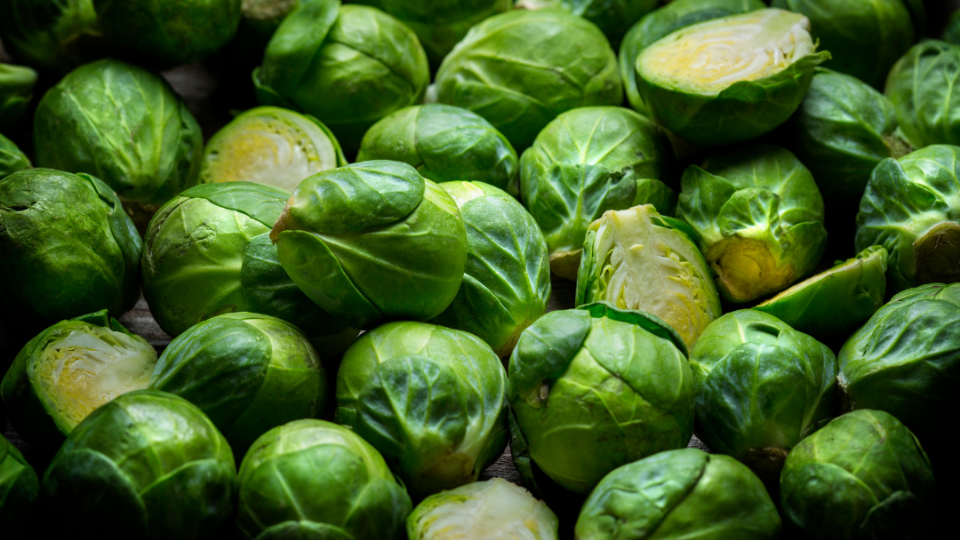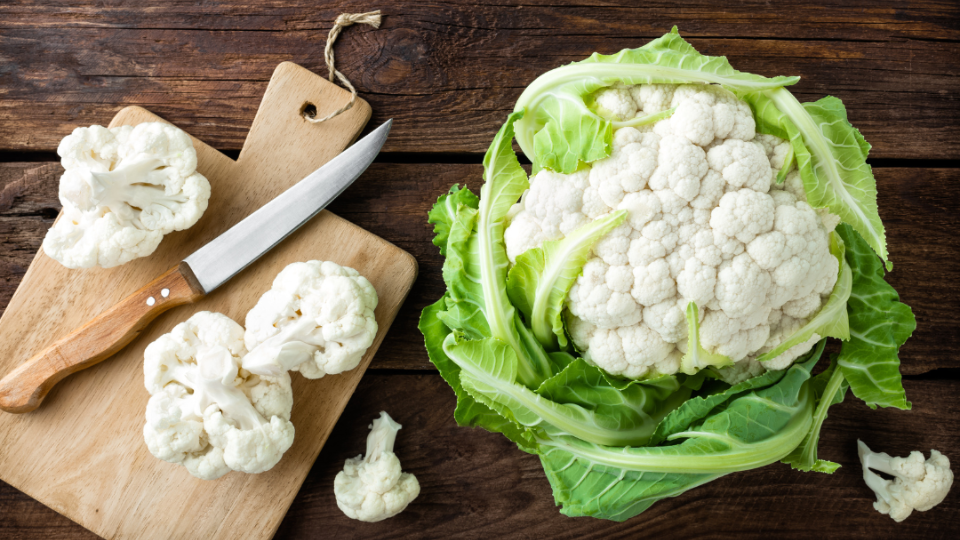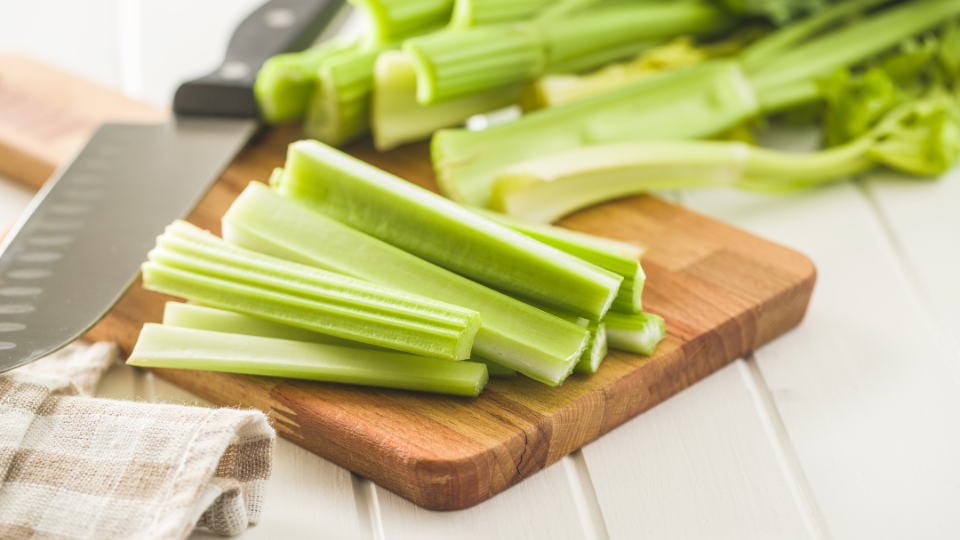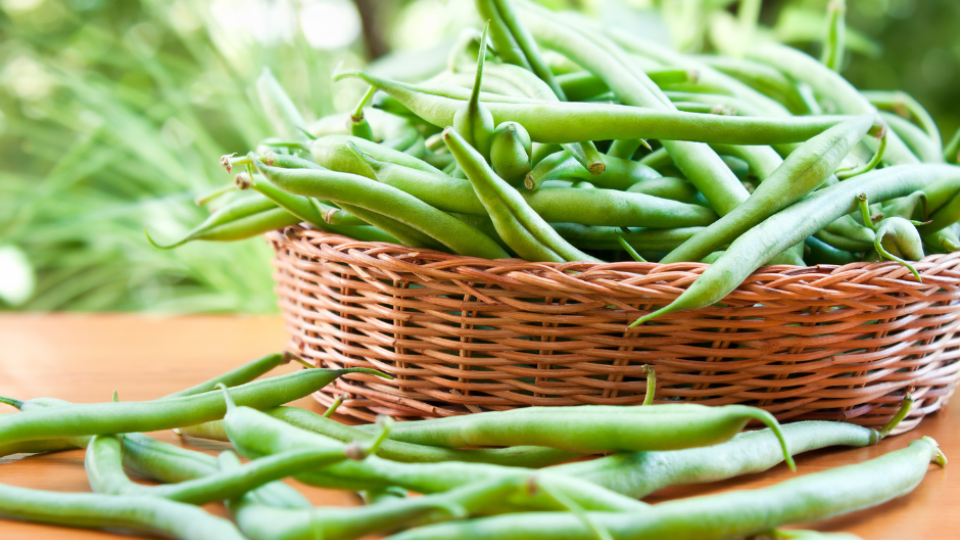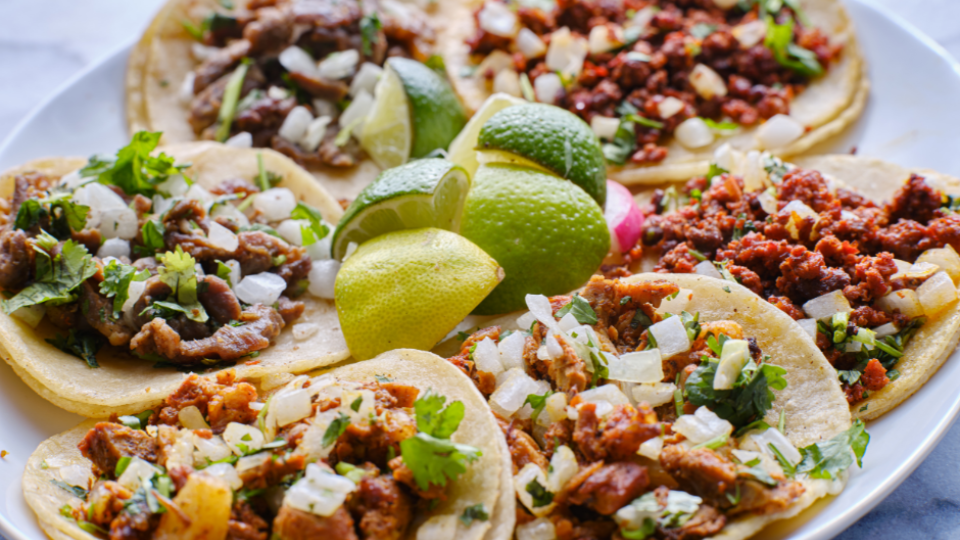Older Adult Nutrition: Nutrient and Energy Needs

Older adults can be defined as individuals who are 65 years of age and older. In 2019, 54.1 million Americans or 16% of the population were represented by the older adult population. Since the 1900s, the older adult population has increased from 3.1 million (4.1%) to 54.1 million (16%) in 2019. It is projected in 2040 there will be 80.8 million Americans who are older adults.
The aging process is inevitable. Many factors influence how we age, including but not limited to genetics, environment, and lifestyle choices. Some of these factors we can control, while others we cannot. To improve how we age, it is important to focus on the factors we can control. Lifestyle choices are a prominent factor we can control. They include physical activity, eating patterns, and tobacco and alcohol use.
Out of the eight most common causes of death for adults ages 65 years and older, many of the causes are considered chronic diseases and can be prevented and/or managed through lifestyle choices. Despite this, about 80% of older adults have one chronic disease and 50% of older adults have two or more chronic diseases. Participating in regular physical activity and focusing on a healthy eating pattern and regular physical activity can reduce risk for chronic disease or help manage chronic disease, improve energy, help with weight control, and much more. In this article we will discuss the role of food and nutrition in aging and tips on how to make wise nutrition choices to maximize health.
Calorie and Nutrient Needs
Aging can be an enjoyable process if an individual chooses to have a healthy eating pattern throughout life and in older adulthood. Though an individual’s health is determined by a lifetime of choices, current lifestyle choices still have an impact on health. Research has shown that if older adults follow a healthy eating pattern, it has been associated with improved nutritional status, quality of life, and mortality. A healthy eating pattern is defined as one that meets the daily recommendations for calories and nutrients.
While it may seem simple to meet the daily recommendation for calories and nutrients, this can be more difficult as an individual ages. The aging process causes physiological changes that may affect calorie and nutrient needs. See Table 1, for factors that affect an individual’s ability to meet their calorie and nutrient needs.
Table 1. Factors that affect calorie and nutrient needs of older adults
|
Aging Factors Affecting Daily Calorie and Nutrient Needs |
|
Decrease in ability to taste |
|
Chewing and swallowing difficulties |
|
Decrease in ability to digest food and absorb nutrients |
|
New diagnosis of medical condition requiring change in diet |
|
New medication could interfere with digestion and absorption of nutrients |
Calorie and Nutrient Needs
 The total number of calories an individual needs each day declines as an individual ages. There are two main reasons why a decline in calorie needs occur. One reason is a decrease in muscle mass. Muscle is more metabolically active than fat. Meaning muscle mass burns more calories than fat mass. If an individual has more muscle mass, they burn more calories. Unfortunately, as we age muscle mass reduces which results in a decrease in the total number of calories an individual needs in a day. Another factor affecting daily calorie needs is physical activity. If older adults are not as physically active, this reduces the total number of calories used in a day.
The total number of calories an individual needs each day declines as an individual ages. There are two main reasons why a decline in calorie needs occur. One reason is a decrease in muscle mass. Muscle is more metabolically active than fat. Meaning muscle mass burns more calories than fat mass. If an individual has more muscle mass, they burn more calories. Unfortunately, as we age muscle mass reduces which results in a decrease in the total number of calories an individual needs in a day. Another factor affecting daily calorie needs is physical activity. If older adults are not as physically active, this reduces the total number of calories used in a day.
Because older adults have a lower calorie requirement, they can struggle to follow an eating pattern that meets their nutrient requirements without exceeding calorie requirements. One way to plan an eating pattern that allows older adults to meet their nutrient needs without exceeding their calorie need is to eat more nutrient dense foods and eat less energy dense foods.
Nutrient dense foods are foods that are higher in nutrients and lower in calories. Examples of nutrient dense foods include vegetables, fruits, whole grains, legumes, nuts and seeds, low fat dairy, and lean protein sources. These foods are packed with nutrients and are great food choices for older adults to include in a healthy eating pattern.
Energy dense foods are foods that are higher in calories and lower in nutrients. Examples of energy dense foods include baked goods (cookies, cake, etc.), ice cream, sugar sweetened beverages, candy, chips, etc. Energy dense foods can be a part of a healthy eating pattern, but should be limited. Energy dense foods do not need to be labeled as bad foods or cut out of an individual’s diet. Instead, it is important to find a balance between nutrient dense and energy dense foods.
A great way to find balance between eating nutrient dense foods and energy dense foods is to plan nutrient dense meals. Eating a nutrient dense meal can decrease the total number of calories and increase the number of nutrients an individual consumes at a meal. See Table 2, for an example of how eating a balance of foods can help with meeting nutrient needs and limiting calories.
Table 2. Comparison of a nutrient meal vs. an energy dense meal
|
Nutrient Dense Dinner |
Energy Dense Dinner |
||
|
Food |
Calories |
Food |
Calories |
|
Spaghetti (1 cup whole wheat pasta, with 1 cup tomato sauce and ground beef) |
450 |
Hamburger (cheese, pickles, lettuce, tomato, ketchup, mustard) |
500 |
|
Steamed broccoli, 1 cup |
50 |
French fries, medium |
350 |
|
Orange slices, 1 cup |
80 |
One medium soda |
300 |
|
Water, 10 oz |
0 |
2 chocolate chip cookies |
200 |
|
1 chocolate chip cookie |
100 |
|
|
|
Total calories |
680 |
Total calories |
1350 |
Tips for Planning Nutrient Meals and Snacks
There are many ways to incorporate nutrient dense foods into meals and snacks. Here are a few tips on how to do this.
- Plan to have a vegetable and fruit at every meal and snack. These foods are lower in calories and higher in nutrients. You can buy fresh, frozen, or canned vegetables and fruits. When buying canned vegetables, choose the reduced sodium options. When buying canned fruits, choose the fruits that are canned in juice and not in syrup.
- Choose lean protein options. Lean protein options are lower in calories and saturated fat. Examples of lean proteins include chicken, fish, and pork.
- Cook meatless meals three or four times a week. Beans are a great protein food and a great alternative to meat. They provide a good amount of protein, they are lower in calories, and higher in fiber. Check out the recipes on our website for recipes that use beans as the protein food source.
- Be aware of portion sizes. This can be done by using a smaller plate or bowl at meals. Having a smaller plate or bowl will help with portion control and reduce calorie intake. If you are still hungry after eating, fill your plate with more vegetables. Eating more vegetables will increase the amount of essential nutrients you consume.
- Make half your grains whole grains. While whole grains aren’t necessarily lower in calories, they are higher in nutrients compared to refined grains. Fiber, in particular, is one nutrient whole grains are a great source of. Examples of great whole grains include whole wheat bread, brown rice, oatmeal, whole wheat pasta, quinoa, and more.
- Choose nutrient rich beverages instead of sugar sweetened beverages. Examples of sugar sweetened beverages include regular soda, sports drinks, energy drinks, and coffee or tea with added sugars. These beverages are high in calories and low in nutritional value. According to the CDC, in America 50% of adults drink at least one sugar sweetened beverage a day. If you drink sugar sweetened beverages, set a goal to reduce your intake. Alternatives to sugar sweetened beverages include water, low fat milk, and low-calorie drinks.
- Think of a snack as a mini meal. Plan snacks that contain at least three food groups. Processed ready to go foods like chips, candy, granola bars, etc. are often the first choice for a snack. These foods are higher in calories and don’t keep you feeling full as long. Instead choose whole foods. Whole foods are higher in nutrients and will help you stay fuller longer. Always choose one protein food for your snack as well. See Table 3, for examples of nutrient dense snacks.
Table 3. Nutrient dense snack ideas
|
Nutrient Dense Snacks |
|
Hummus, carrots or cucumber slices, pretzels |
|
Cheese stick, crackers, grapes |
|
Apple slices, peanut butter, snap peas |
|
Trail mix, peach slices |
|
Lunch meat, crackers, bell pepper slices |
|
Yogurt, berries, granola |
|
Avocado toast, hard-boiled egg |
Older adulthood years can be healthful, enjoyable, and productive as individuals make lifestyle choices that help to prevent or successfully manage chronic diseases. Older adults can maximize their health by choosing to have a healthy eating pattern. A healthy eating pattern consists of nutrient dense meals and snacks each day. Consuming nutrient dense meals and snacks can reduce the total number of calories and increase the total number of nutrients consumed each day. As older adults follow this pattern, they can influence how they age and enjoy their years in older adulthood.
References
Administration for Community Living. (2021, May). 2020 Profile of Older Americans. Profile of Older Americans. https://acl.gov/aging-and-disability-in-america/data-and-research/profile-older-americans
Bernstein, M. and Munoz, N. (2012). Position of the Academy of Nutrition and Dietetics: Food and nutrition for older adults: promoting health and wellness. Journal of the Academy of Nutrition and Dietetics, 112(8), 1255-1277. doi: 10.1016/j.jand.2012.06.015
Anderson, A. L., Harris, T. B., Tylavsky, F. A., Strotmeyer, E. S., Sahyoun, N. R. (2011). Dietary patterns and survival of older adults. Journal of the Academy of Nutrition and Dietetics, 111(1), 84-91. doi: https://doi.org/10.1016/j.jada.2010.10.012
Clegg, M. E. and Williams, E. A. (2018). Optimizing nutrition in older people. Mauritas, 112, 34-38. doi: 10.1016/j.maturitas.2018.04.001
Authors
Jenna Dyckman, MS, RDN Extension Assistant Professor
Related Research




